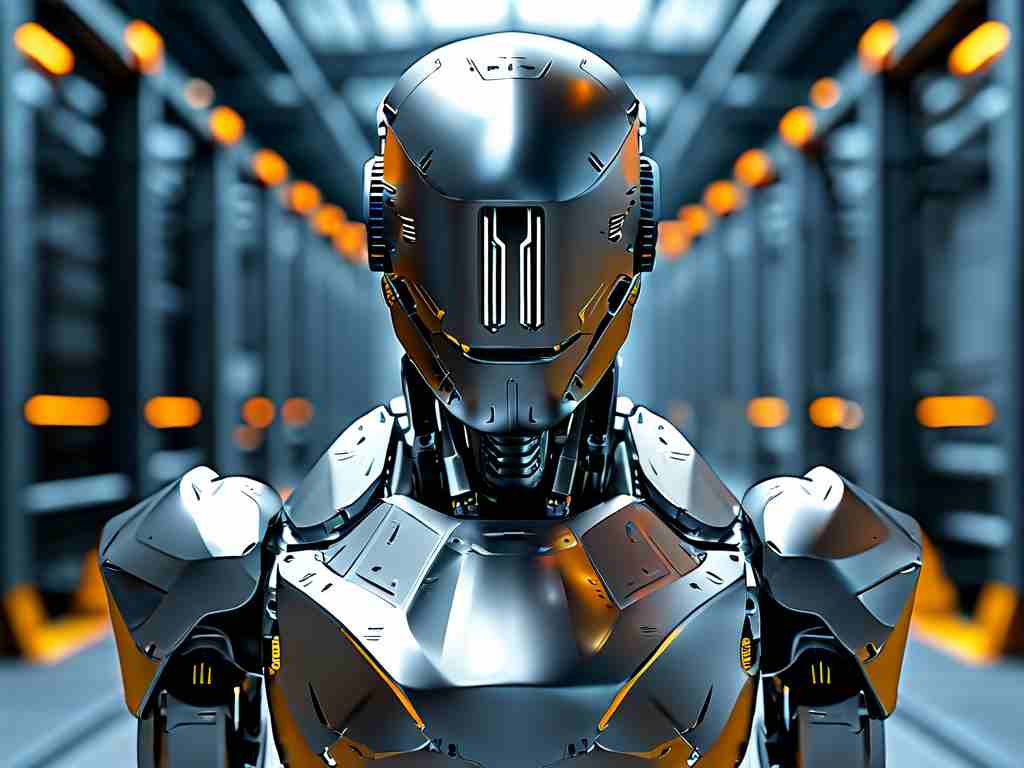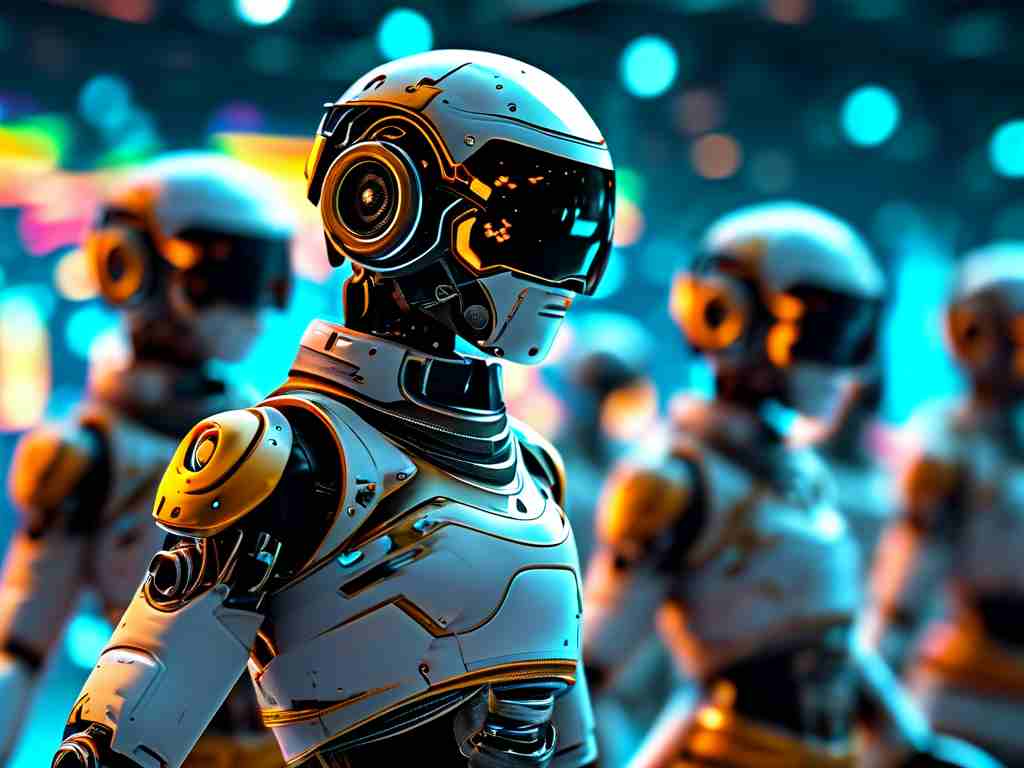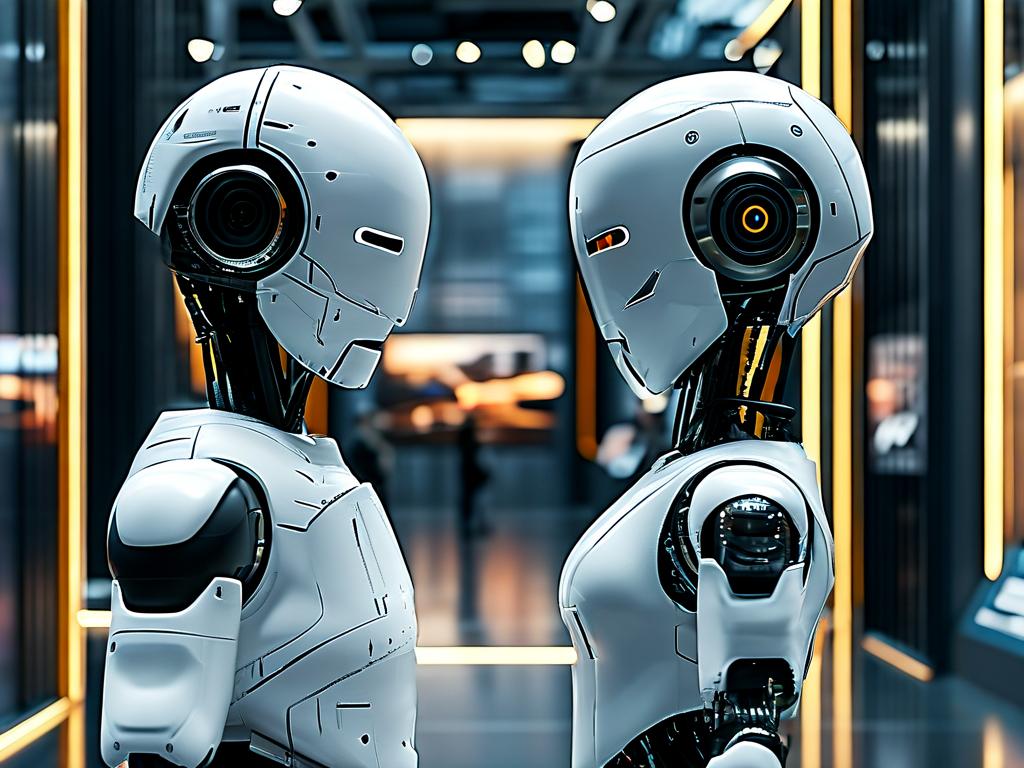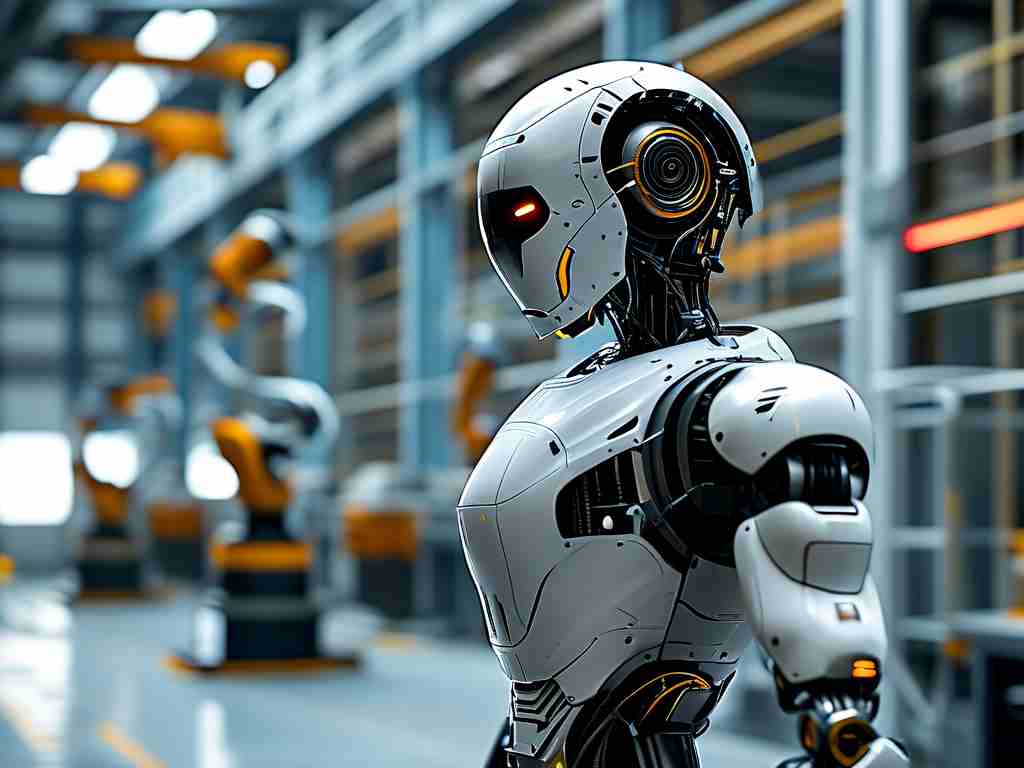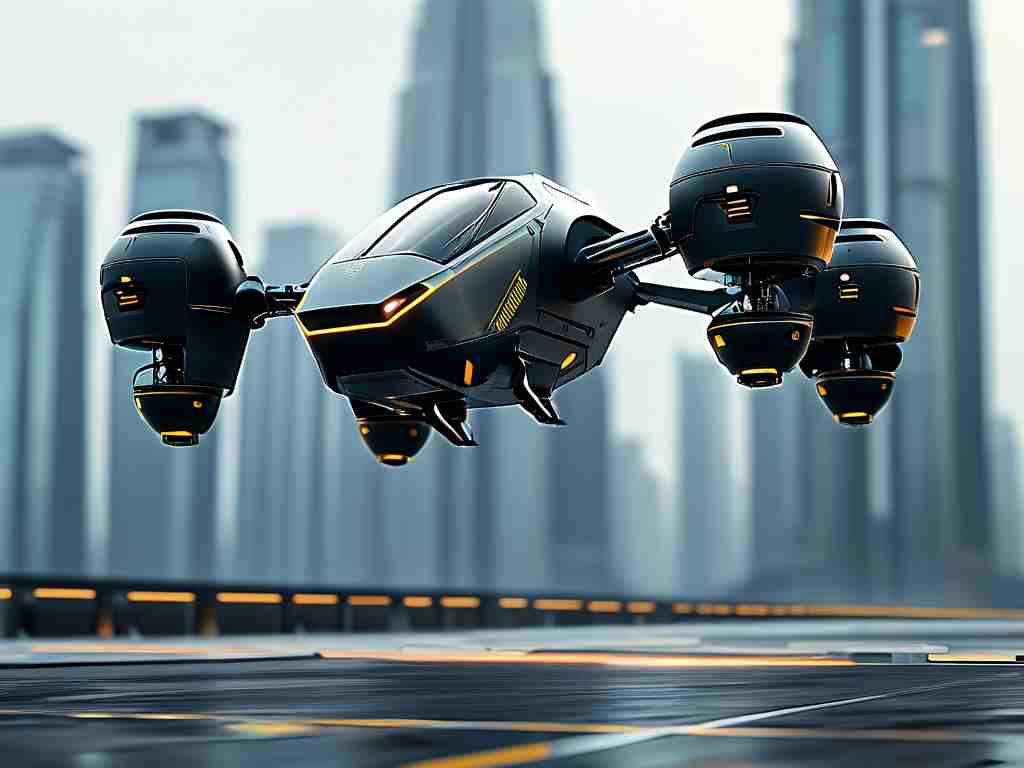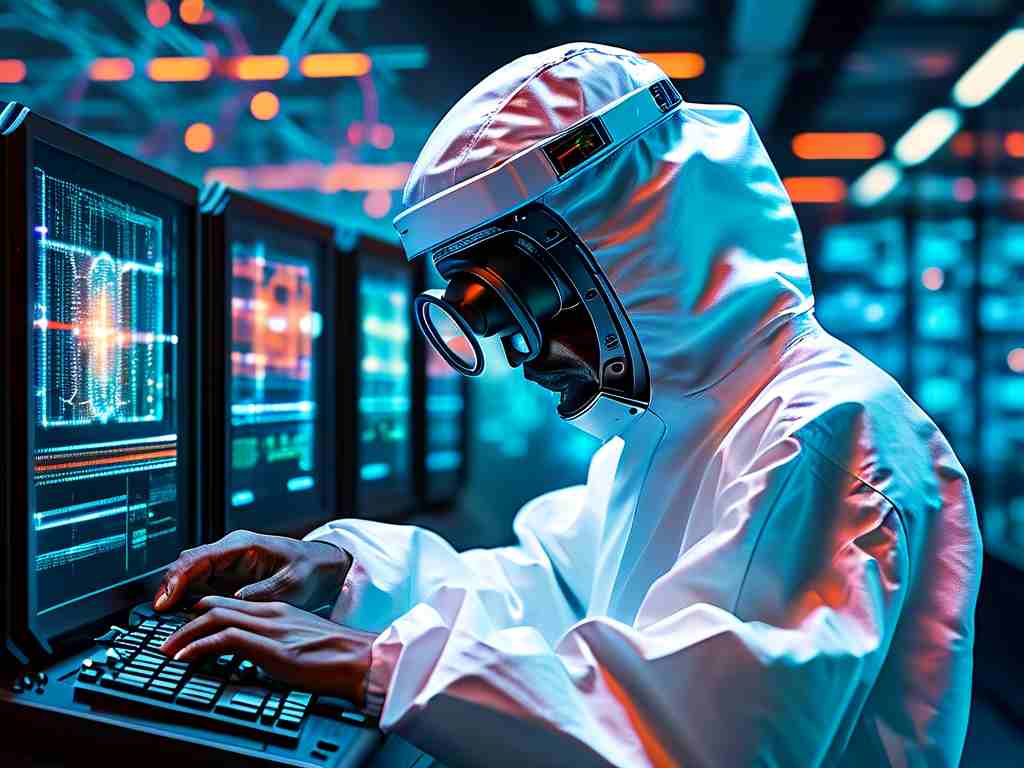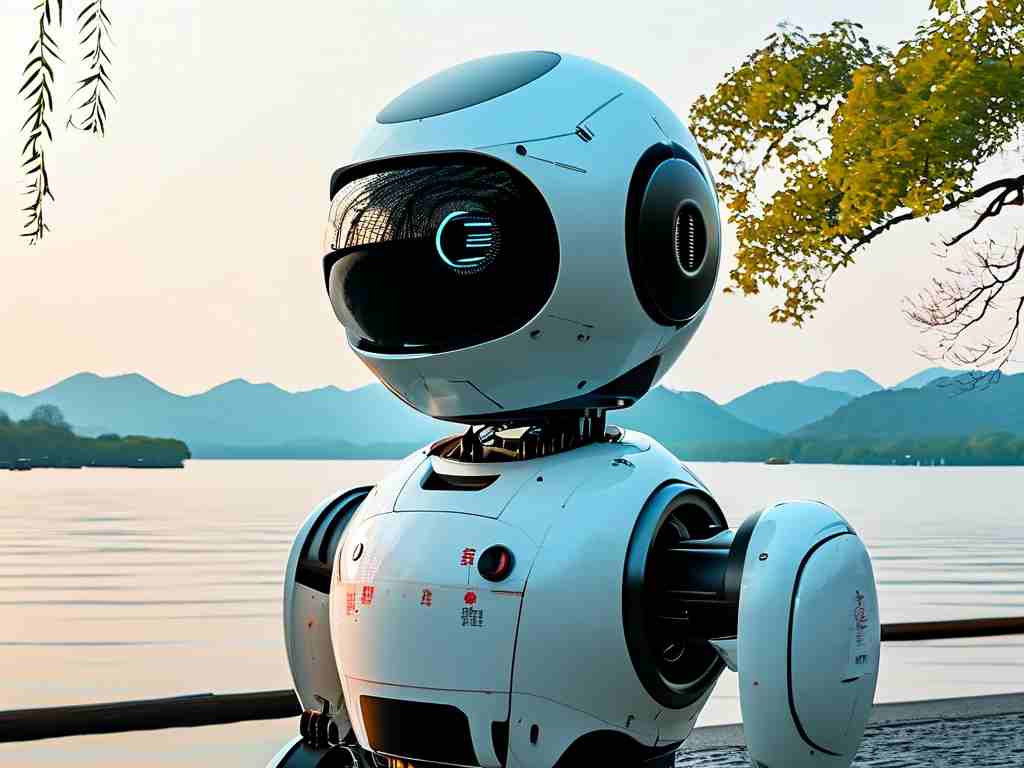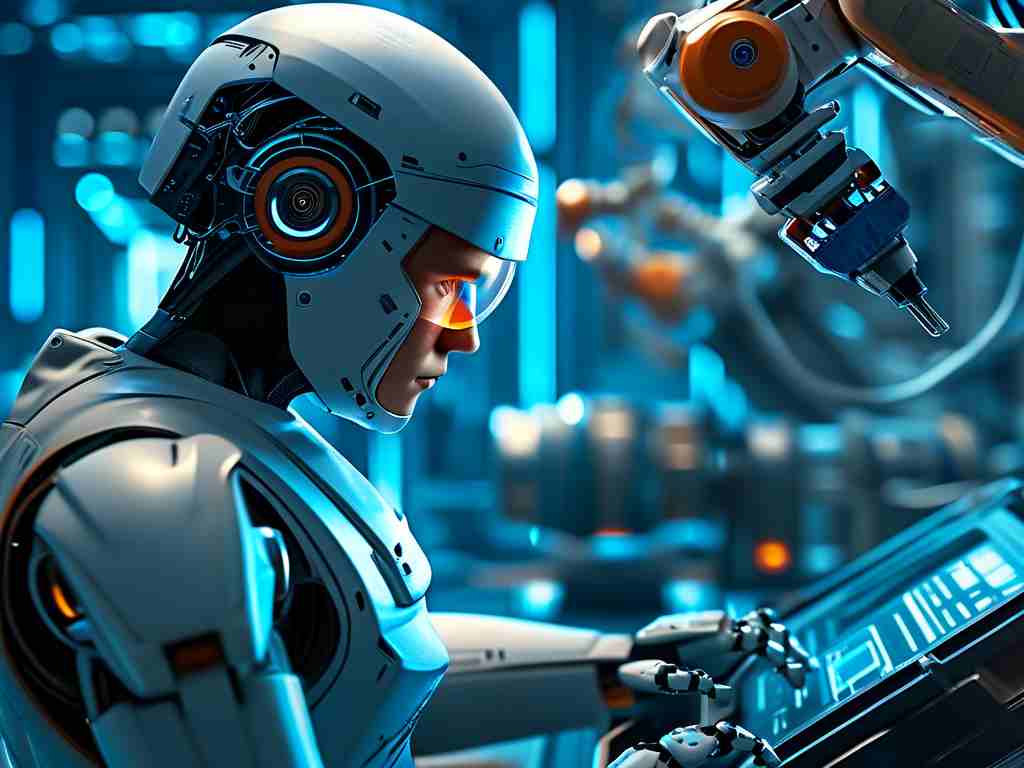The realm of aerial robotics is undergoing a seismic shift as engineers push the boundaries of autonomous flight systems. Unlike traditional drones limited by pre-programmed routes or manual controls, next-generation aerial robots now integrate adaptive artificial intelligence, biomimetic designs, and advanced energy solutions. These innovations are not merely incremental upgrades – they represent a fundamental reimagining of how machines interact with three-dimensional spaces.
At the core of this transformation lies neuromorphic computing, a paradigm that mimics biological neural networks. By processing sensor data through event-based vision systems rather than conventional frame-by-frame analysis, aerial robots can now achieve millisecond-level response times. This breakthrough proves critical in dynamic environments – from navigating dense urban landscapes to performing precision tasks in unpredictable weather conditions.
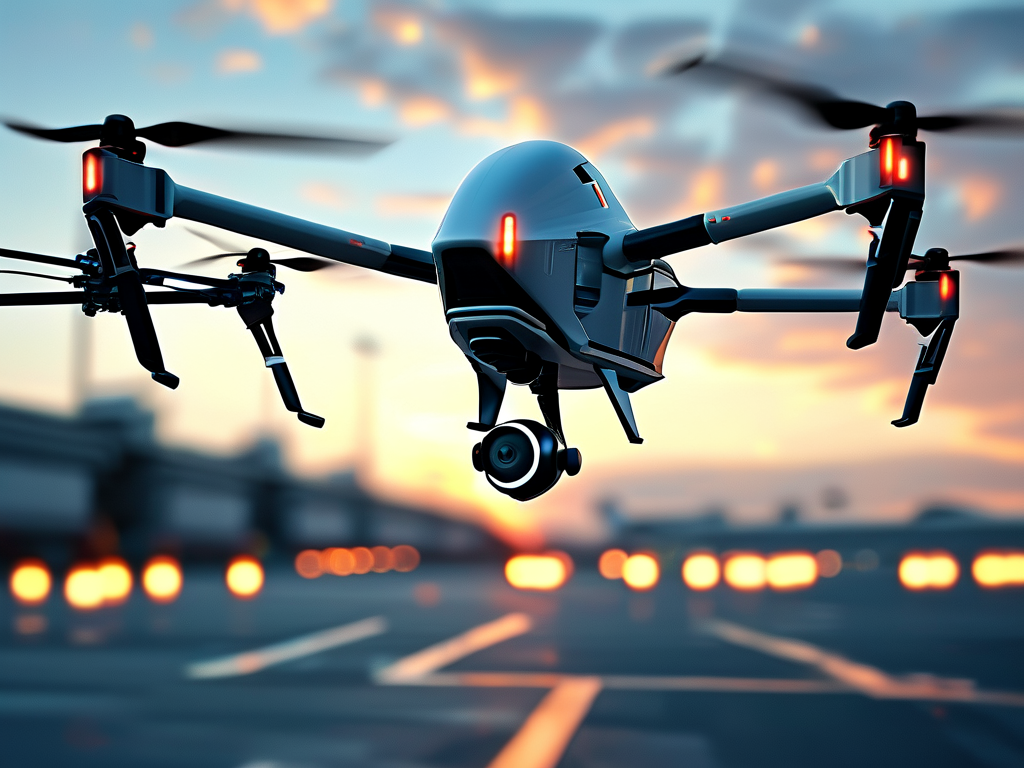
Energy efficiency remains the Achilles' heel of airborne systems, but recent developments in hybrid propulsion architectures are changing the game. The University of Tokyo's experimental "DragonFly" prototype combines hydrogen fuel cells with solar-sensitive wing membranes, enabling continuous flight durations exceeding 72 hours. Such endurance opens new possibilities for applications like ecological monitoring and disaster zone mapping, where persistent aerial presence is paramount.
Perhaps the most visually striking advancements emerge from biomimicry research. Engineers at Festo Robotics recently unveiled the "BionicSwift," a 42-gram robotic bird featuring individually controllable feathers made from carbon-fiber composites. This design achieves unprecedented maneuverability through coordinated feather adjustments mid-flight, enabling sharp turns and vertical hovering without traditional rotor systems. The technology shows particular promise for indoor industrial inspections where propeller-driven drones pose safety risks.
The software stack powering these machines has evolved equally dramatically. Modern flight controllers now employ reinforcement learning algorithms that enable robots to develop flight strategies through simulated environmental interactions. Boston Dynamics' "SpotFly" demonstrated this capability by mastering complex obstacle courses 30% faster than human-piloted counterparts during recent trials. This self-improvement capacity suggests future systems could autonomously adapt to entirely novel operational scenarios.
Regulatory frameworks struggle to keep pace with these technological leaps. The FAA's recent proposal for "dynamic geofencing" – using onboard AI to establish real-time no-fly zones – highlights the growing recognition that static flight restrictions are inadequate. Meanwhile, cybersecurity concerns escalate as aerial robots become more connected. Palo Alto Networks reported a 140% year-over-year increase in attempted drone system breaches, prompting urgent development of quantum-encrypted communication protocols.
Industry adoption patterns reveal surprising applications. Agricultural conglomerates now deploy swarms of seed-planting drones that coordinate through mesh networks, achieving reforestation rates 8x faster than manual methods. In urban logistics, Amazon's experimental "SkyHubs" combine aerial delivery bots with floating docking stations, reducing last-mile delivery costs by 40% in pilot cities. Even creative industries benefit – film studios increasingly use AI cinematographer drones that autonomously track subjects while maintaining artistic framing rules.
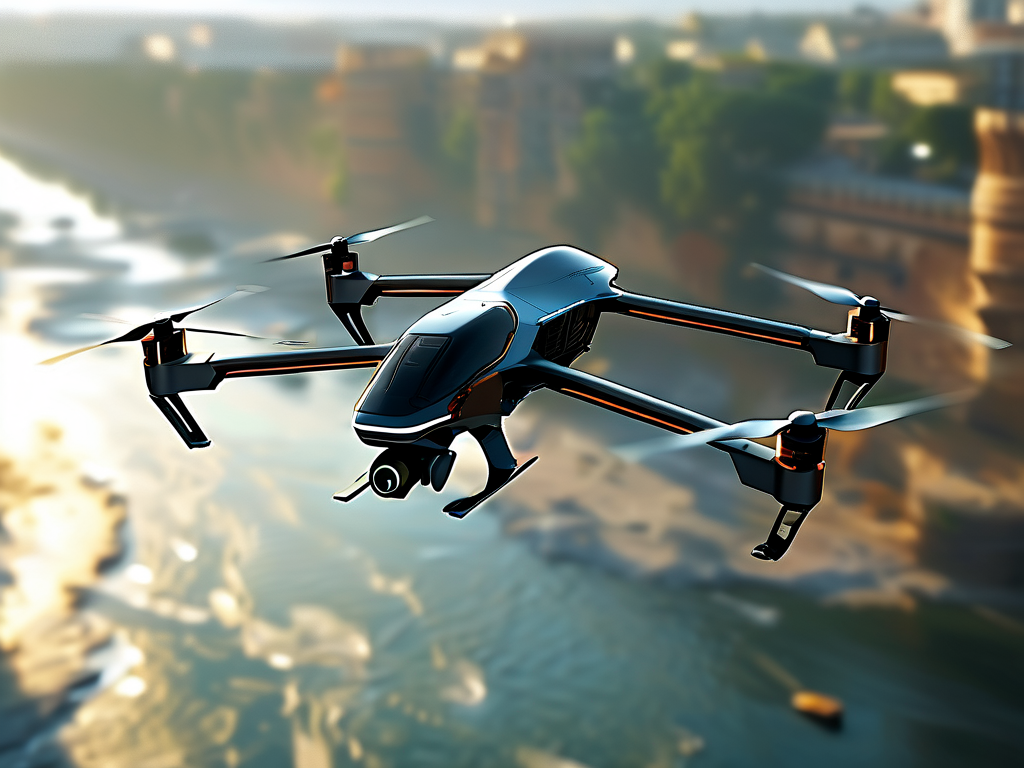
Ethical debates intensify alongside technical progress. The European Robotics Council recently convened emergency talks regarding autonomous combat drones, while privacy advocates challenge the expanding surveillance capabilities of police reconnaissance robots. Striking the balance between innovation and responsibility emerges as the defining challenge for engineers and policymakers alike.
As material science breakthroughs enable lighter yet stronger airframes, and edge computing empowers real-time decision-making without cloud dependency, the trajectory points toward increasingly sophisticated aerial partners. From maintaining critical infrastructure to exploring extraterrestrial terrains, these intelligent flying machines are poised to become indispensable collaborators in humanity's next chapter. The sky, as they say, is no longer the limit – but rather a canvas for technological reinvention.


